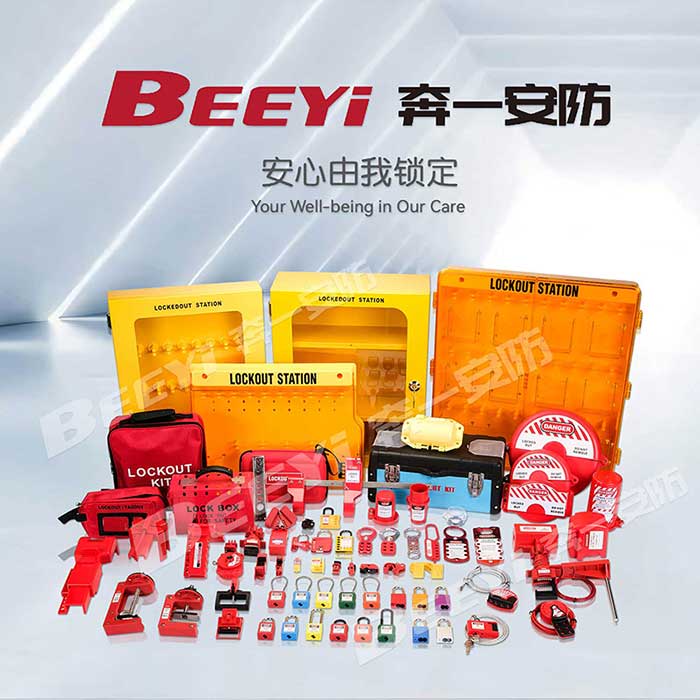Lockout equipment, a critical component of workplace safety, plays a vital role in preventing injuries and fatalities in environments where employees are exposed to hazardous energy sources. These energy sources can range from electrical circuits and gas lines to machinery and hydraulic systems. In industries such as manufacturing, construction, and utilities, lockout/tagout (LOTO) procedures are necessary to ensure that equipment is safely de-energized during maintenance or repair tasks. This article explores the importance of lockout equipment, how it functions, and its crucial role in safeguarding workers.

What is Lockout Equipment? Lockout equipment refers to devices that are used to physically prevent machines or equipment from being activated while maintenance or repair is being carried out. This includes locks, tags, and other safety mechanisms that isolate the energy sources, ensuring that machines or systems cannot be unintentionally started or activated. By locking out energy sources such as electrical, mechanical, hydraulic, or pneumatic systems, lockout equipment helps reduce the risk of accidents, injuries, and even fatalities. How Lockout Equipment Works Lockout/tagout procedures are simple yet extremely effective. The process generally begins with the identification of the energy sources connected to the equipment that needs to be serviced. Once these energy sources are located, the first step is to shut them off, cutting off all forms of power. Next, lockout devices are placed on switches, circuit breakers, valves, or other control mechanisms to ensure that these cannot be turned back on without proper authorization.